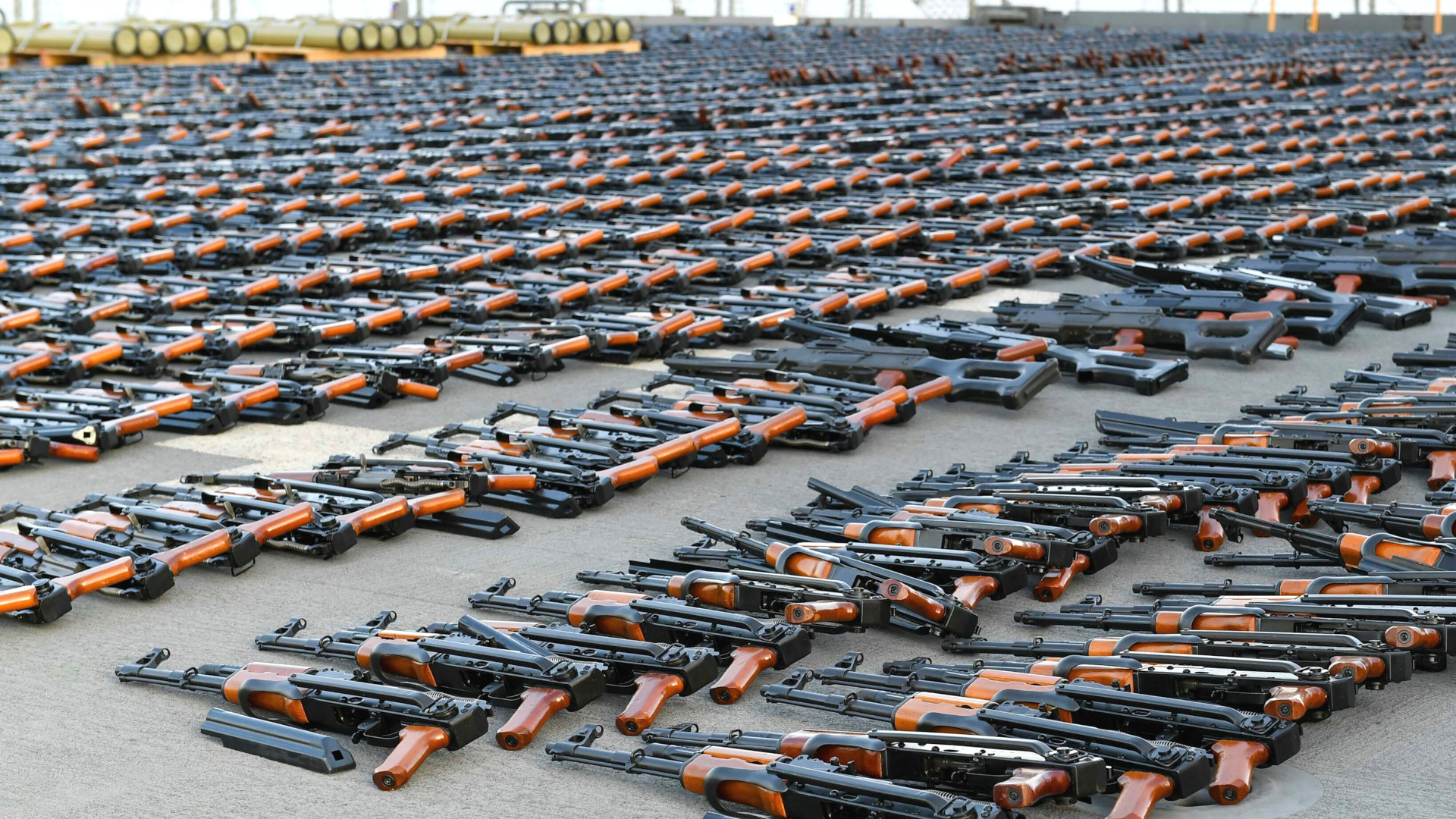The U.S. government is reportedly considering sending Ukraine weapons and ammunition previously seized as part of efforts to combat Iranian-backed Houthi rebels in Yemen. The transfers could include assault rifles and associated ammunition, as well as anti-tank guided missiles, among other things.
The Wall Street Journal reported on these deliberations earlier today, citing unnamed U.S. and European officials. The U.S. military, together with various allies and partners, regularly conduct counter-smuggling operations to interdict the flow of weapons and other materiel from Iran to Yemen as part of a broader Combined Maritime Forces (CMF) construct.

“U.S. officials said they are looking at sending Ukraine more than 5,000 assault rifles, 1.6 million rounds of small arms ammunition, a small number of antitank missiles, and more than 7,000 proximity fuses seized in recent months off the Yemen coast from smugglers suspected of working for Iran,” according to The Journal. “The unusual move would open up a new supply of firepower [that] America and its allies could tap into as they struggle to meet Ukraine’s need for military support as its war with Russia enters its second year.”
The Journal’s story does not mention any specific types of weapons, but its descriptions line up with details from U.S. Central Command (CENTCOM) about the contents of three separate seizures since December 2022. All of these occurred in the Gulf of Oman and the material was assessed in each instance to have been headed from Iran to Yemen.
The first seizure, conducted by U.S. forces, came on December 1, 2022. “More than 1 million rounds of 7.62mm ammunition; 25,000 rounds of 12.7mm ammunition; nearly 7,000 proximity fuses for rockets; and over 2,100 kilograms of propellant used to launch rocket propelled grenades,” were captured, according to CENTCOM.
Pictures that the command subsequently released showed more specifically 7.62x54mmR and 12.7x99mm small arms ammunition of indeterminate origin and Iranian-made M122-K proximity fuzes for use with 122mm artillery rockets.
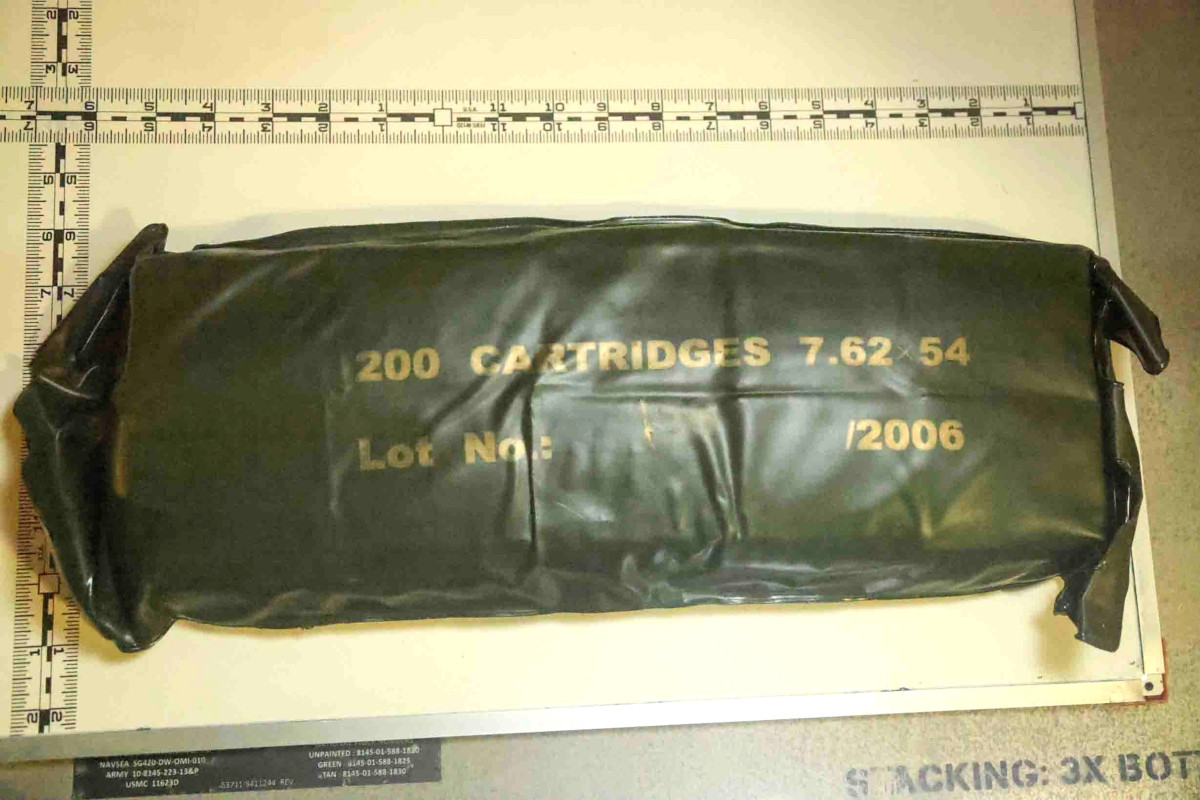
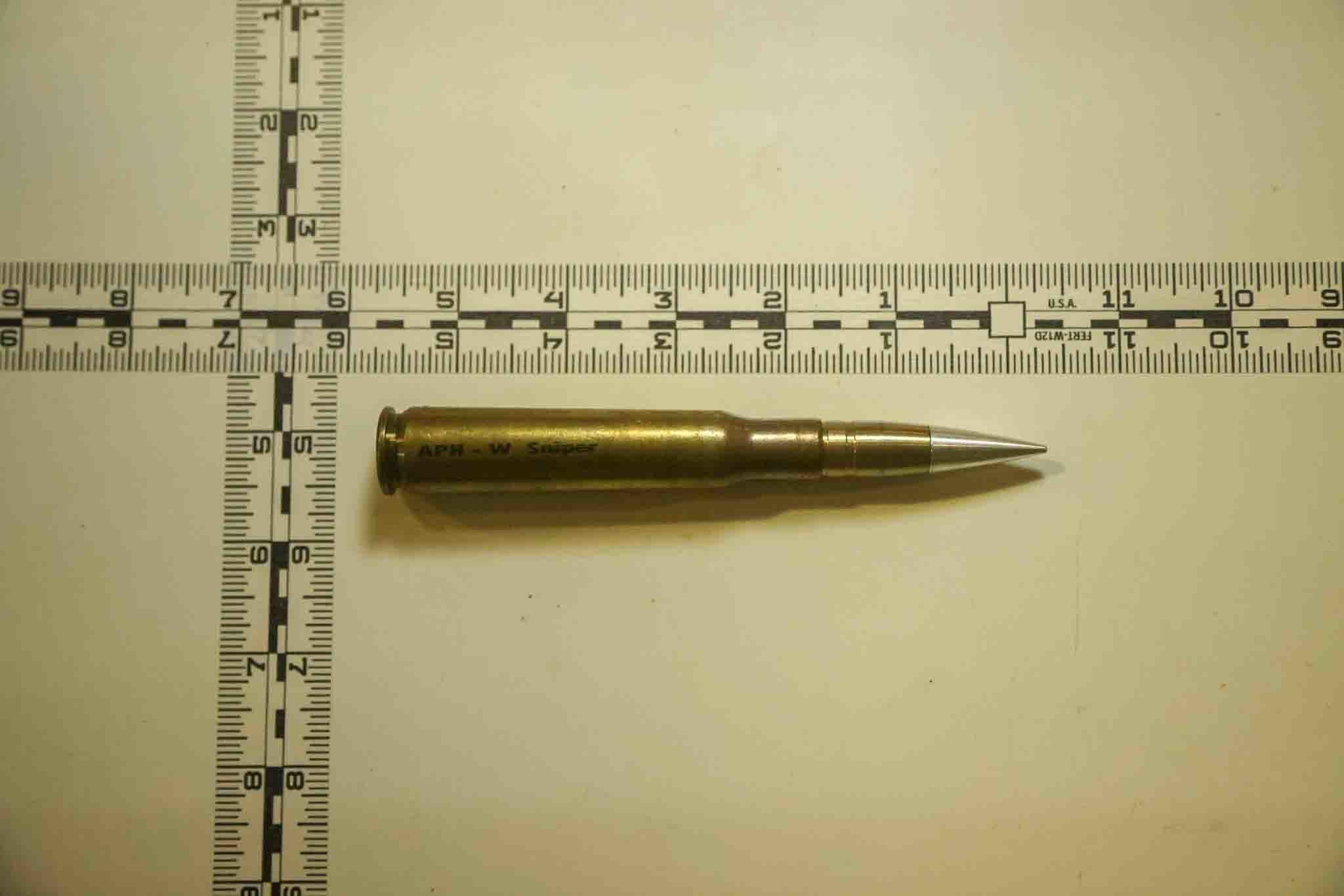

Another seizure on January 6, again carried out by U.S. Forces, netted “more than 2,000 AK-47 assault rifles,” CENTCOM said. Pictures of the captured weapons showed that they were actually a mixture of Chinese-style 7.62x39mm Type 56-1 rifles, a derivative of the Soviet-designed AK family, or Iranian clones thereof, and what appeared to be Russian-made Molot VEPR VPO-158N-06s. The VPO-158N-06, also known as the AKS20U, is a semi-automatic only version of the 5.45x39mm AKS-74U compact assault rifle primarily intended for sale on the civilian market.
On January 15, French forces captured “more than 3,000 assault rifles, 578,000 rounds of ammunition and 23 advanced anti-tank guided missiles were recovered,” according to CENTCOM. Pictures that were released afterward again showed what looked to be Type 56-1-style and VPO-158N-06 rifles, as well as Soviet-designed 7.62x54mmR PK-series machine guns, or derivatives. The missiles appeared to be Soviet-design Kornets or Iranian-made clones, called Dehlaviyeh.
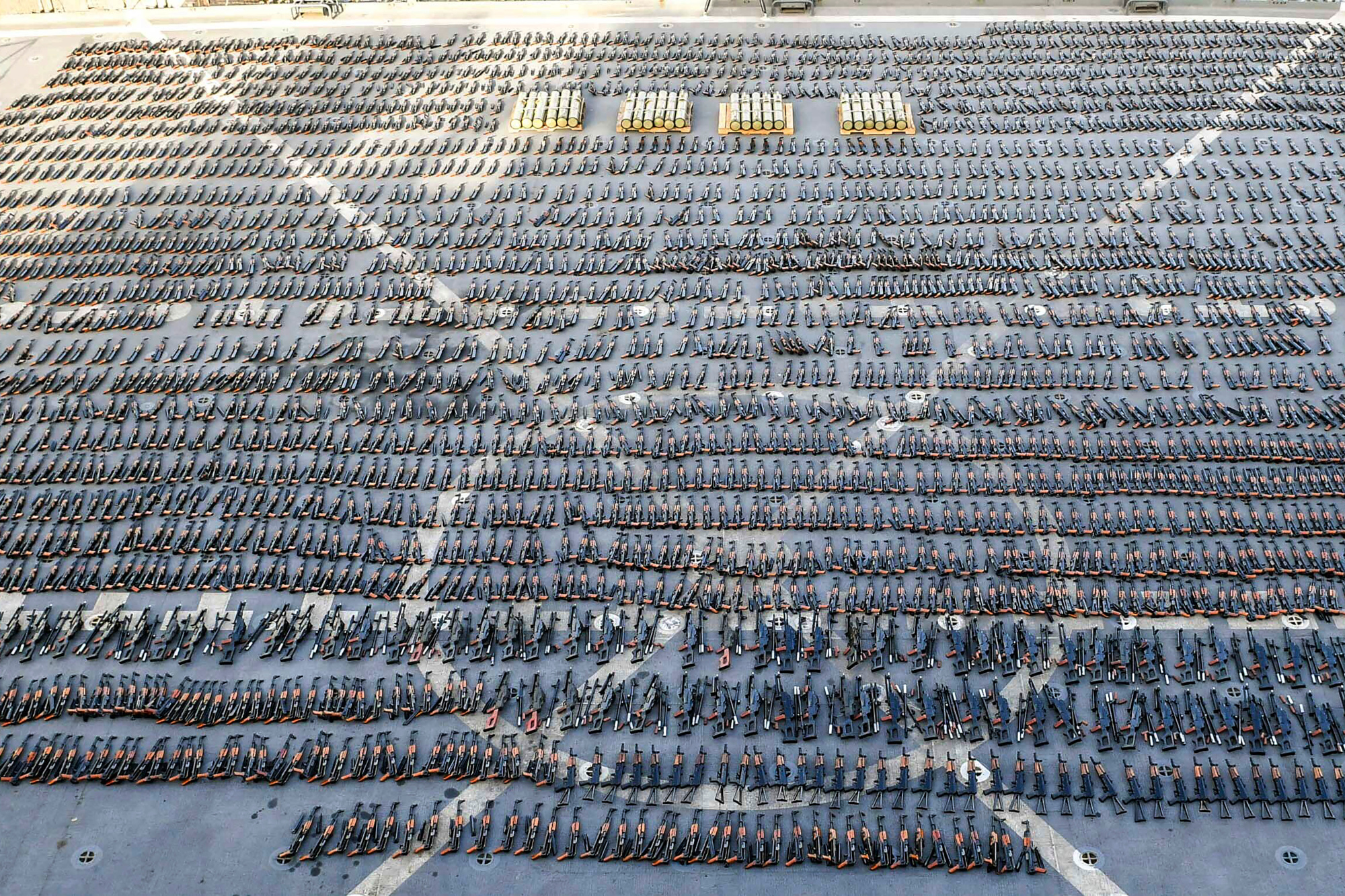
Other similar weapons and ammunition could still be in American custody from earlier seizures of materiel heading from Iran to Yemen, as well. There were separate reports last year that the U.S. military was looking into the possibility of transferring various examples of Soviet-era systems in its inventory to Ukraine. The systems in question then were largely ones that had been acquired from various sources, potentially even Ukraine itself, for intelligence exploitation, as well as test and training purposes.
The War Zone reached out to U.S. Naval Forces Central Command and U.S. 5th Fleet after the second U.S. seizure in January was disclosed, to ask whether there was any connection between the VPO-158N-06s and a possible exchange in kind between Russia and Iran. A spokesperson for NAVCENT/Fifth Fleet said at that time that they had no such assessment to share. Iran has supplied Russia with drones, including kamikaze types, and may deliver short-range ballistic missiles in the future. It remains unclear exactly how Moscow, now languishing under crippling international sanctions, has paid or will pay for any of this. An expected Russian delivery of Su-35 Flanker-E fighter jets to Iran could be another part of this equation.
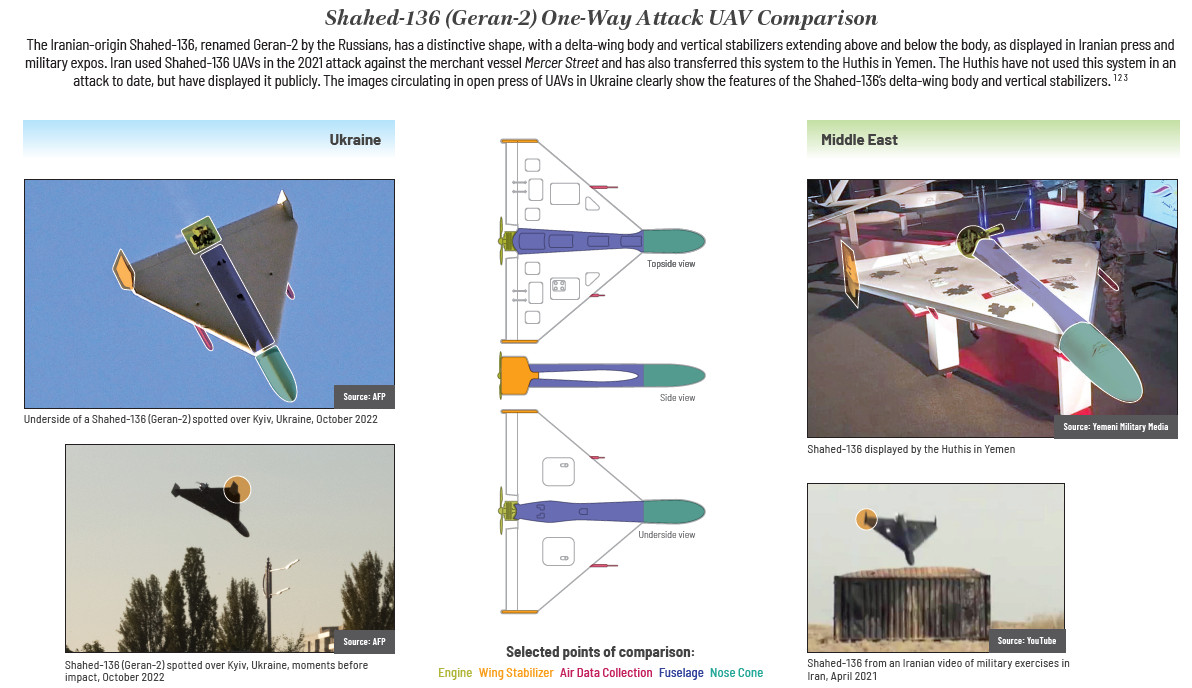
The War Zone has also now reached out to the Pentagon and to Ukrainian officials for more information about any potential transfers of weapons and other material previously seized en route from Iran to Yemen.
The appearance of Iranian-made 120mm HM 16 and 82mm HM 19 mortars and 122mm artillery rockets in Ukrainian hands last year prompted speculation that the U.S. and others might already be transferring seized materiel. The War Zone reached out multiple times in 2022 to the Pentagon to confirm or deny that this was taking place, but we did not receive any responses.
Regardless, turning these weapons and other materials over to Ukraine’s military would make good sense from a basic logistical standpoint. Though the Ukrainian armed forces continue to see an influx of Western-pattern weapons and other military gear, they still rely heavily on Soviet-era designs and derivatives thereof. The contents of these seizures are all things that are similar, if not identical to, what is already in Ukrainian service.
In addition, this comes amid concerns about the ability of Ukraine’s Western partners to keep critical military aid flowing nearly a year after the Russian military launched its all-out invasion. There has been much discussion already about these issues with regard to artillery ammunition, specifically, with the U.S. and others reportedly going further and further afield to find new sources to supply the Ukrainian military. Pakistan, for instance, has emerged as a significant and unexpected supplier of artillery rounds and rockets to Ukraine’s armed forces, as The War Zone explored in depth last year.
With all this in mind, it’s unsurprising that the U.S. government would consider turning over thousands of guns, millions of rounds of ammunition, and more that appear to be otherwise just sitting in a warehouse.
All told, it remains to be seen if the seized materiel will make its way to Ukraine. If the transfer does go ahead, the irony is not likely to be lost on the Ukrainians that they will be getting Iranian and Russian weapons and ammunition to help in their ongoing fight against a Russian military that is receiving Iranian support.
Contact the author: joe@thedrive.com
